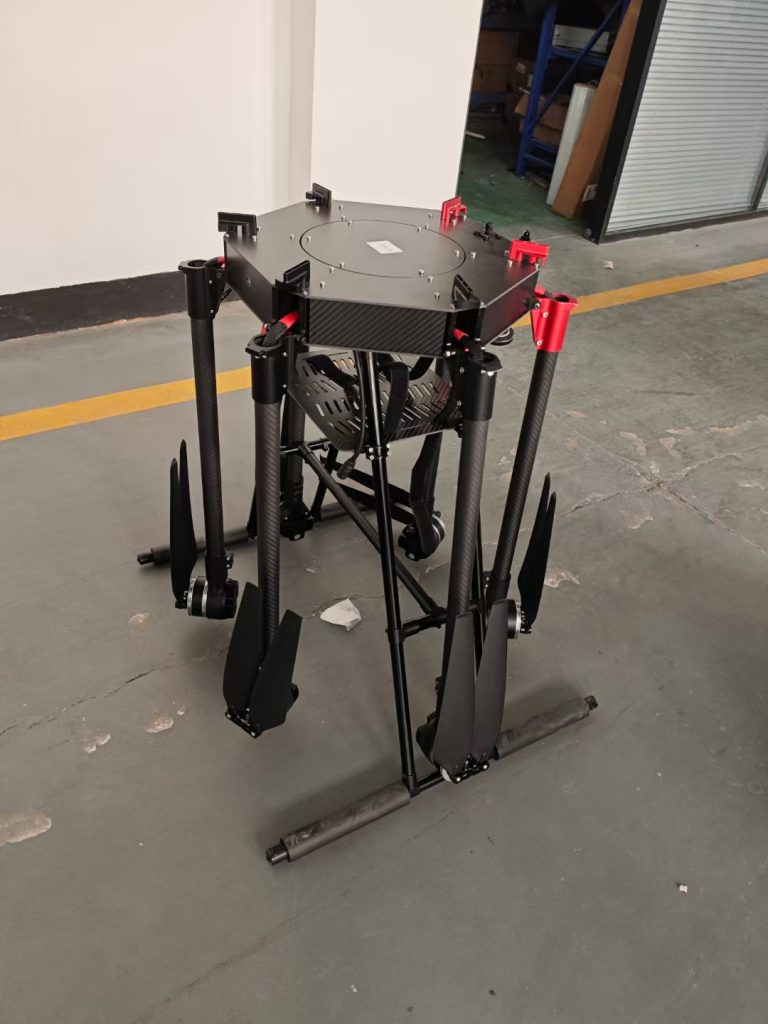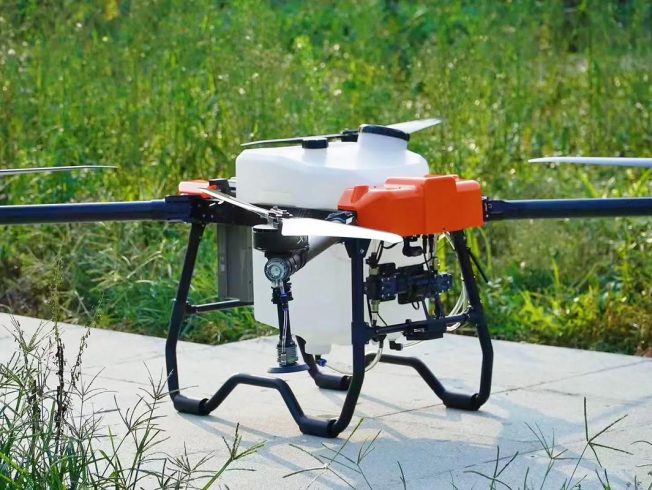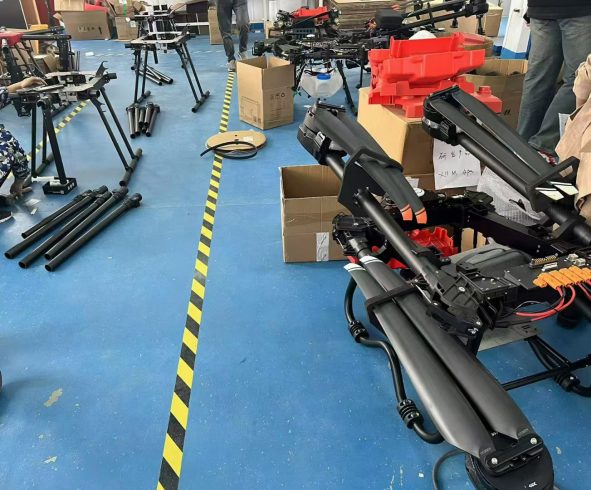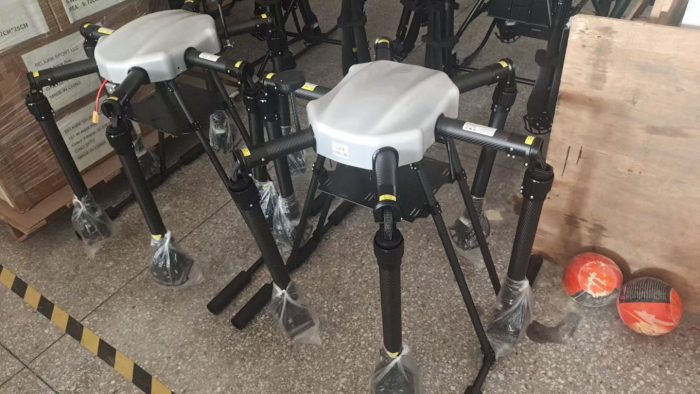
iscover how sustainable farming drones transform agriculture by reducing chemical use, optimizing resources, and boosting yields. Explore eco-friendly drone solutions for smarter, greener farming practices.
—
Introduction
As climate change intensifies and global food demand rises, sustainable farming has become a necessity. Traditional agricultural practices often rely on excessive chemicals, fossil fuels, and resource-intensive methods, degrading ecosystems and profitability. Enter sustainable farming drones—a groundbreaking solution that merges precision technology with environmental stewardship. These drones optimize resource use, reduce waste, and promote healthier ecosystems, making them the future of eco-conscious agriculture. This article explores how these drones work, their transformative benefits, and why they’re essential for resilient farming.
—
1. The Need for Sustainable Farming
Conventional farming faces critical challenges:
– Chemical Overuse: Blanket pesticide and fertilizer applications degrade soil health and pollute waterways.
– Resource Waste: Inefficient irrigation and labor practices drain 70% of global freshwater.
– Carbon Footprint: Tractors and airplanes contribute 24% of agriculture’s greenhouse gas emissions.
For example, the UN estimates that unsustainable practices could reduce crop yields by 10–25% by 2050.
—
2. How Sustainable Farming Drones Work
These drones integrate AI, IoT, and precision agriculture to minimize environmental impact:
AI-Powered Precision
– Multispectral Imaging: Drones detect crop stress, pest infestations, and nutrient deficiencies using NDVI (Normalized Difference Vegetation Index) maps.
– Variable Rate Application: Nozzles adjust chemical/fertilizer flow in real time, targeting only problem areas.
Resource Optimization
– Smart Irrigation Drones: Monitor soil moisture via IoT sensors and optimize watering schedules.
– Solar-Powered Drones: Reduce carbon footprint with renewable energy-powered flight.
Eco-Friendly Design
– Biodegradable Materials: Drones use recyclable components to minimize e-waste.
– Low-Drift Nozzles: Air-assisted sprayers reduce chemical drift by 90%, protecting non-target plants.
—
3. Key Benefits of Sustainable Farming Drones
Environmental Protection
– Reduced Chemical Runoff: Targets agrochemicals to specific zones, cutting groundwater pollution by 40–60%.
– Biodiversity Preservation: Protects pollinators and beneficial insects from harmful sprays.
Cost Efficiency
– Lower Input Costs: Reduces chemical/fertilizer use by 30–50%, saving farmers thousands annually.
– Labor Savings: Automates tasks like mapping and spraying, cutting labor expenses by 70%.
Higher Yields
– Healthy Crops: Precision treatments ensure optimal nutrient uptake, boosting yields by 15–25%.
– Timely Interventions: Drones detect issues early, preventing yield losses from pests or diseases.
Climate Resilience
– Carbon Neutrality: Drones emit 80% less CO2 than tractors, supporting net-zero farming goals.
– Soil Health: Reduced tillage and chemical use improve soil structure and water retention.
—
4. Real-World Applications
Case Study 1: Organic Rice Farms in Thailand
A farm adopted drones for integrated pest management (IPM):
– Result: 50% fewer pesticides used, yields rose by 20%, and rice earned USDA Organic certification.
Case Study 2: Wine Vineyards in Napa Valley
Drones optimized irrigation and canopy management:
– Impact: Reduced water use by 35%, increased grape quality, and cut labor costs by $20,000/year.
—
5. Overcoming Adoption Challenges
– Initial Costs: Leasing programs and ROI calculators ease upfront investments.
– Skill Gaps: Free training apps and AI-driven interfaces simplify drone operation.
– Regulatory Compliance: Pre-certified drones meet EPA, EU, and FAO sustainability standards.
—
6. The Future: AI, IoT, and Regenerative Agriculture
– Predictive Analytics: AI forecasts pest outbreaks and weather risks using historical data.
– Swarm Drones: Fleets collaborate for large-scale reforestation or soil restoration projects.
– Robotics Integration: Pair drones with ground robots for fully automated, zero-waste farms.
—
Conclusion
Sustainable farming drones are redefining agriculture by marrying cutting-edge technology with ecological responsibility. By reducing waste, conserving resources, and enhancing yields, these drones empower farmers to thrive in a changing climate while meeting global sustainability goals. Embrace this innovation to cultivate healthier crops, protect ecosystems, and future-proof your farm.
Call to Action:
Transition to eco-smart drone solutions today. Request a free consultation to design a tailored system for your farm, complete with ROI analysis and 24/7 expert support.












暂无评论内容